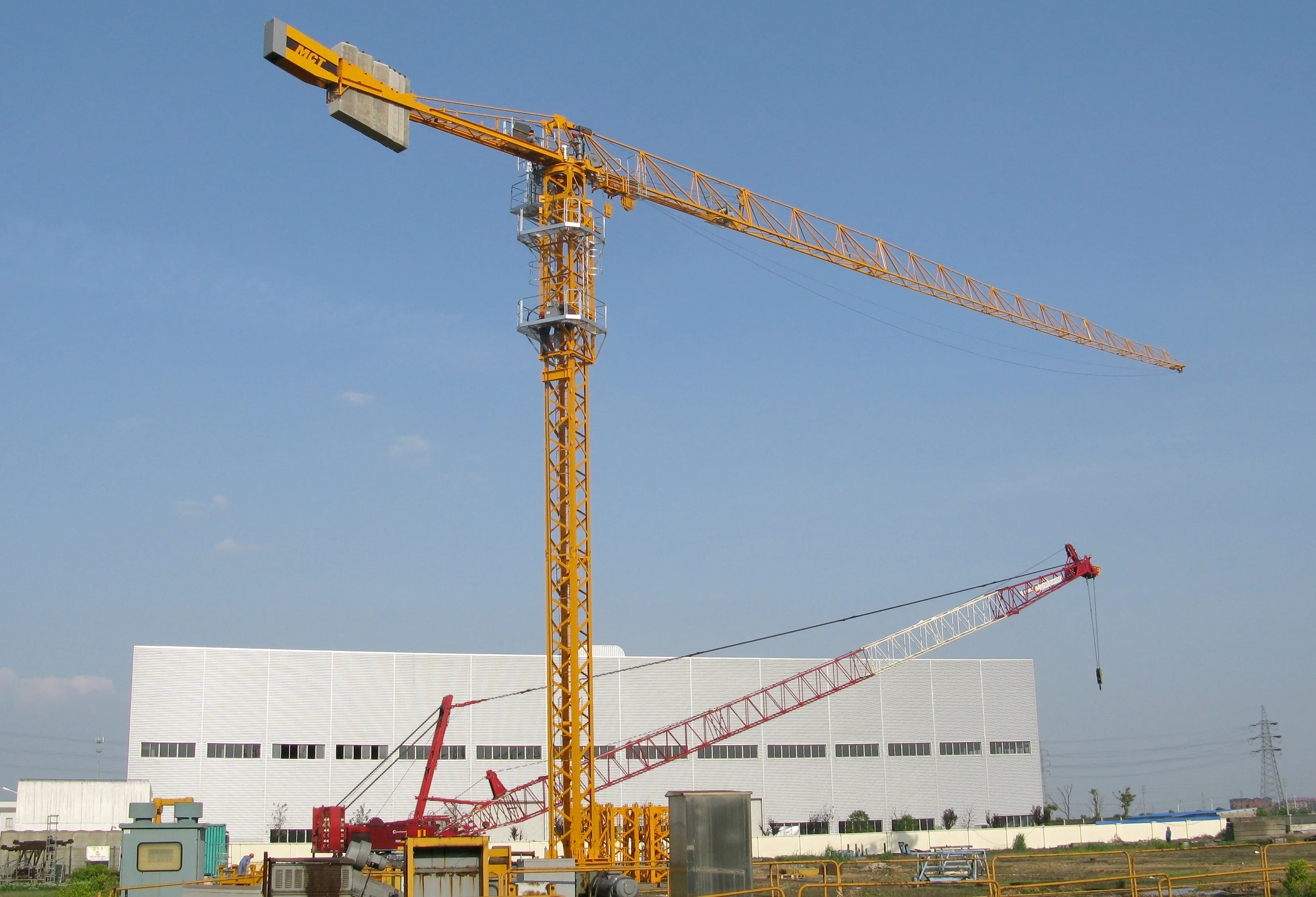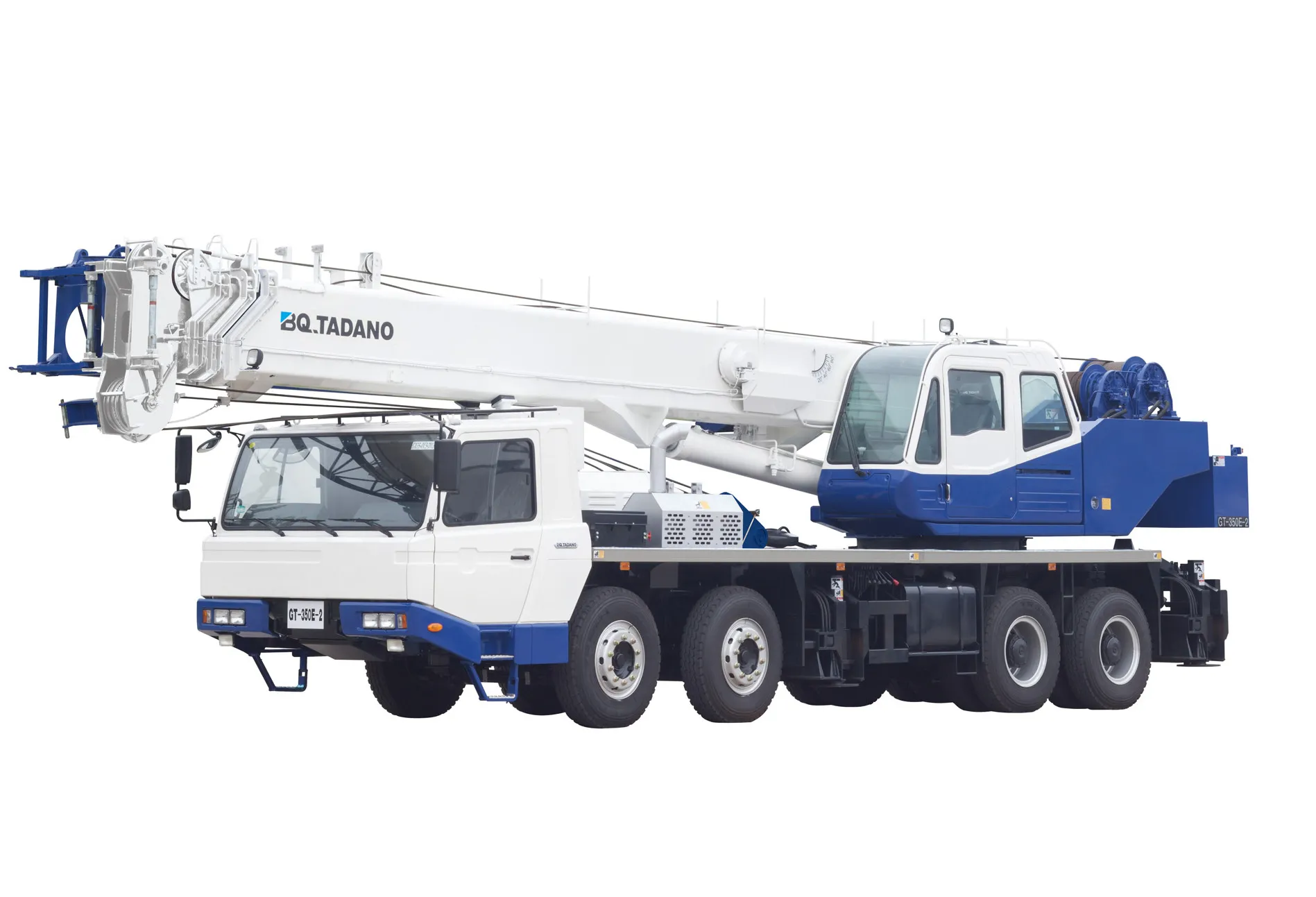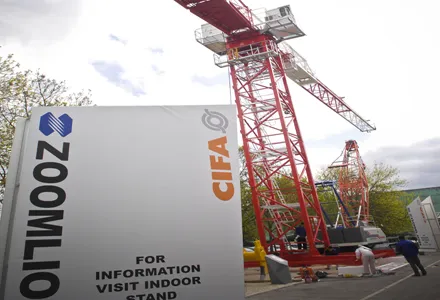The Manitowoc Group is introducing new Potain tower cranes and Grove rough terrain cranes to the Chinese market at bauma China 2014. The two new topless tower cranes come from Manitowoc’s Potain brand and are products of the firm’s Zhangjiagang plant in China. Earlier this year the facility also celebrated the delivery of its 5,000th crane since production began in 2006. Meanwhile from the Grove range of mobile cranes will be the latest RT890E rough-terrain crane. Both machines will be on the firm’s booth a
November 12, 2014
Read time: 3 mins

The 2123 Manitowoc Group is introducing new 5916 Potain tower cranes and Grove rough terrain cranes to the Chinese market at bauma China 2014. The two new topless tower cranes come from Manitowoc’s Potain brand and are products of the firm’s Zhangjiagang plant in China. Earlier this year the facility also celebrated the delivery of its 5,000th crane since production began in 2006.
Meanwhile from the Grove range of mobile cranes will be the latest RT890E rough-terrain crane. Both machines will be on the firm’s booth at Stand A.02.
The Potain MCT 205 offers a 10tonne maximum capacity and can lift 1.75tonnes at its maximum jib end of 65m. The firm believes that growing time pressures on job sites means the introduction of the MCT 205 (and the smaller MCT 85) will attract the attention of many tower crane users at the trade show. This will help contractors to place more tower cranes on job sites to accelerate construction schedules. As topless cranes have no cathead at the top, they can be overlapped more easily while overall crane working heights do not need to be so high.
Topless cranes are also faster and easier to erect. With a focus on fast erection, the complete upper-works for the MCT 205 can be assembled in four lifts. The heaviest group of components is just 7.9tonnes and the full 65m jib can be placed in a single lift. Attention has been paid to transportation too, with three jib sections able to t inside a standard container.
The MCT 85 is smaller than the MCT 205, with a 5tonne maximum capacity and an ability to lift 1.1tonnes at its jib end of 52 m. This unit is easy to transport, with the entire top portion of the crane able to travel on just two trucks. Again, on-site assembly is simplified thanks to the pre-assembly work done at the Zhangjiagang factory before the crane is delivered to the customer. For example, the counterjib and towerhead are fitted together as a single component and can be lifted as such. Connecting the jib, is facilitated through the use of quick and easy pin-connectors. This means the entire tower crane’s upper-works is connected in just two sections. Like the MCT 205, the MCT 85 can be operated as an internal climbing crane, sitting inside the building it is constructing. Mounted on its 1.2m mast sections, the crane offers a maximum free-standing height of 33.2m when operating internally.
Meanwhile Grove’s 80tonne capacity RT890E rough-terrain crane has a 43.2m main boom with Megaform shaping for greater rigidity. Reach can be extended further to 72.5m through the use of jib extensions. Rough-terrain cranes are popular at various industrial locations across China. There are already several RT890E units in the country and the model is well-proven, with a sturdy and dependable design. Maintenance is said to be straightforward, and the crane is claimed to deliver more than its competitors in terms of capacity, reach and power. The Grove RT890E’s counterweight and auxiliary hoist can both be removed for easier transportation between jobs.
The all-steel cab offers excellent visibility while its acoustic lining and ergonomic layout improve operator efficiency. Power for the RT890E comes from a 205kW196 Cummins engine.
Meanwhile from the Grove range of mobile cranes will be the latest RT890E rough-terrain crane. Both machines will be on the firm’s booth at Stand A.02.
The Potain MCT 205 offers a 10tonne maximum capacity and can lift 1.75tonnes at its maximum jib end of 65m. The firm believes that growing time pressures on job sites means the introduction of the MCT 205 (and the smaller MCT 85) will attract the attention of many tower crane users at the trade show. This will help contractors to place more tower cranes on job sites to accelerate construction schedules. As topless cranes have no cathead at the top, they can be overlapped more easily while overall crane working heights do not need to be so high.
Topless cranes are also faster and easier to erect. With a focus on fast erection, the complete upper-works for the MCT 205 can be assembled in four lifts. The heaviest group of components is just 7.9tonnes and the full 65m jib can be placed in a single lift. Attention has been paid to transportation too, with three jib sections able to t inside a standard container.
The MCT 85 is smaller than the MCT 205, with a 5tonne maximum capacity and an ability to lift 1.1tonnes at its jib end of 52 m. This unit is easy to transport, with the entire top portion of the crane able to travel on just two trucks. Again, on-site assembly is simplified thanks to the pre-assembly work done at the Zhangjiagang factory before the crane is delivered to the customer. For example, the counterjib and towerhead are fitted together as a single component and can be lifted as such. Connecting the jib, is facilitated through the use of quick and easy pin-connectors. This means the entire tower crane’s upper-works is connected in just two sections. Like the MCT 205, the MCT 85 can be operated as an internal climbing crane, sitting inside the building it is constructing. Mounted on its 1.2m mast sections, the crane offers a maximum free-standing height of 33.2m when operating internally.
Meanwhile Grove’s 80tonne capacity RT890E rough-terrain crane has a 43.2m main boom with Megaform shaping for greater rigidity. Reach can be extended further to 72.5m through the use of jib extensions. Rough-terrain cranes are popular at various industrial locations across China. There are already several RT890E units in the country and the model is well-proven, with a sturdy and dependable design. Maintenance is said to be straightforward, and the crane is claimed to deliver more than its competitors in terms of capacity, reach and power. The Grove RT890E’s counterweight and auxiliary hoist can both be removed for easier transportation between jobs.
The all-steel cab offers excellent visibility while its acoustic lining and ergonomic layout improve operator efficiency. Power for the RT890E comes from a 205kW







